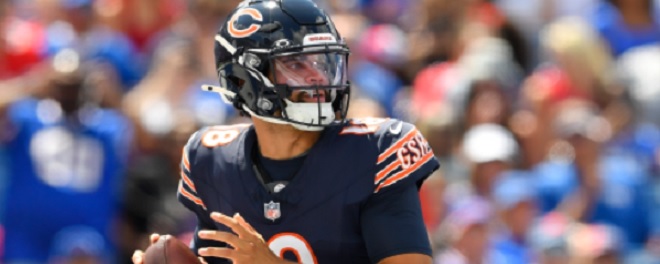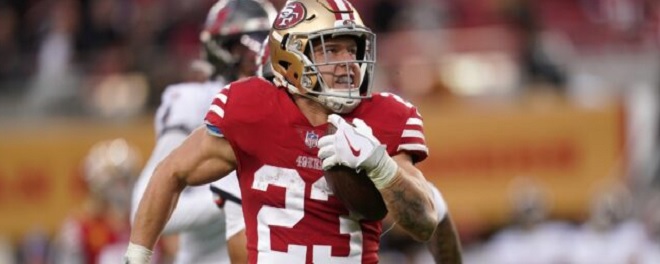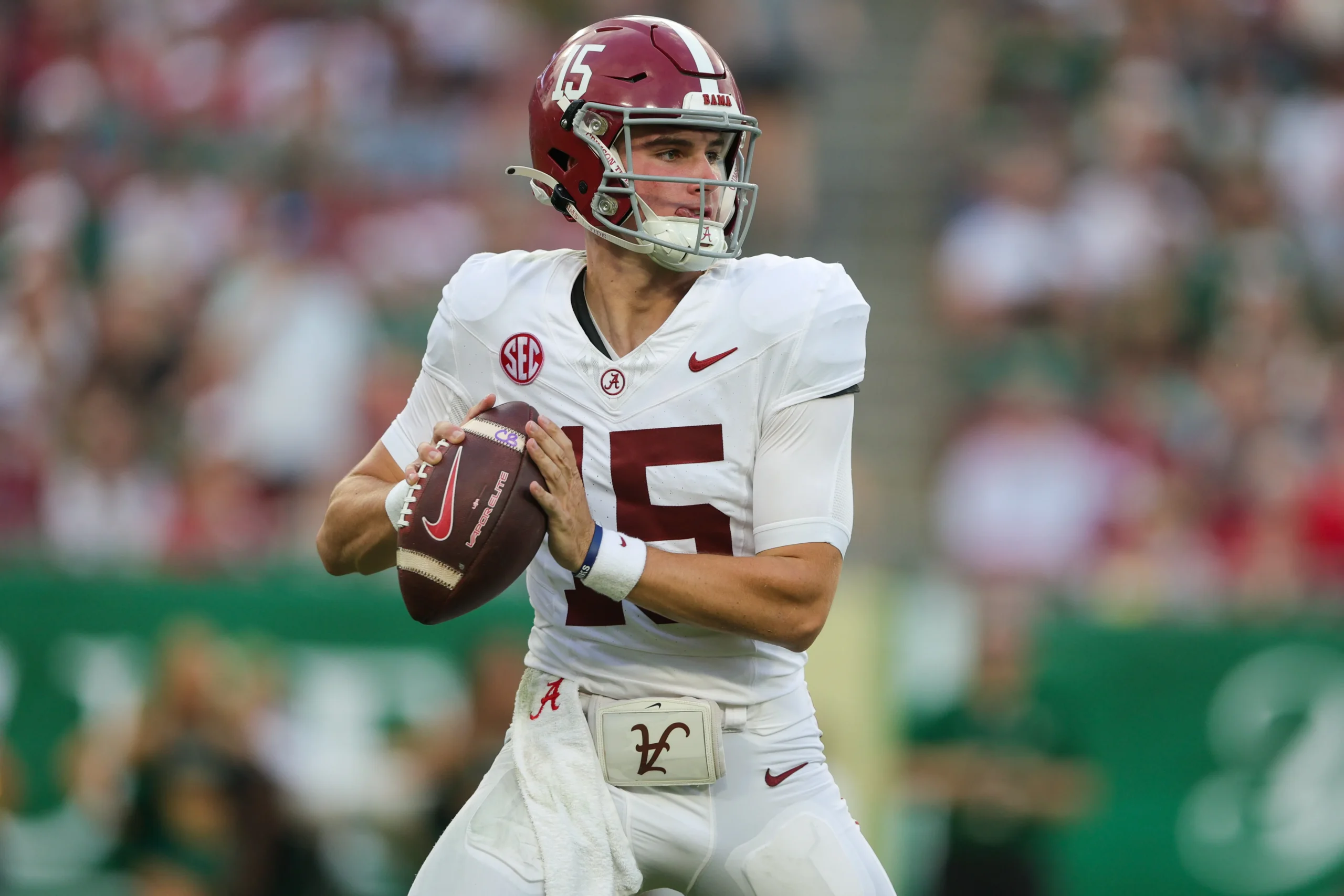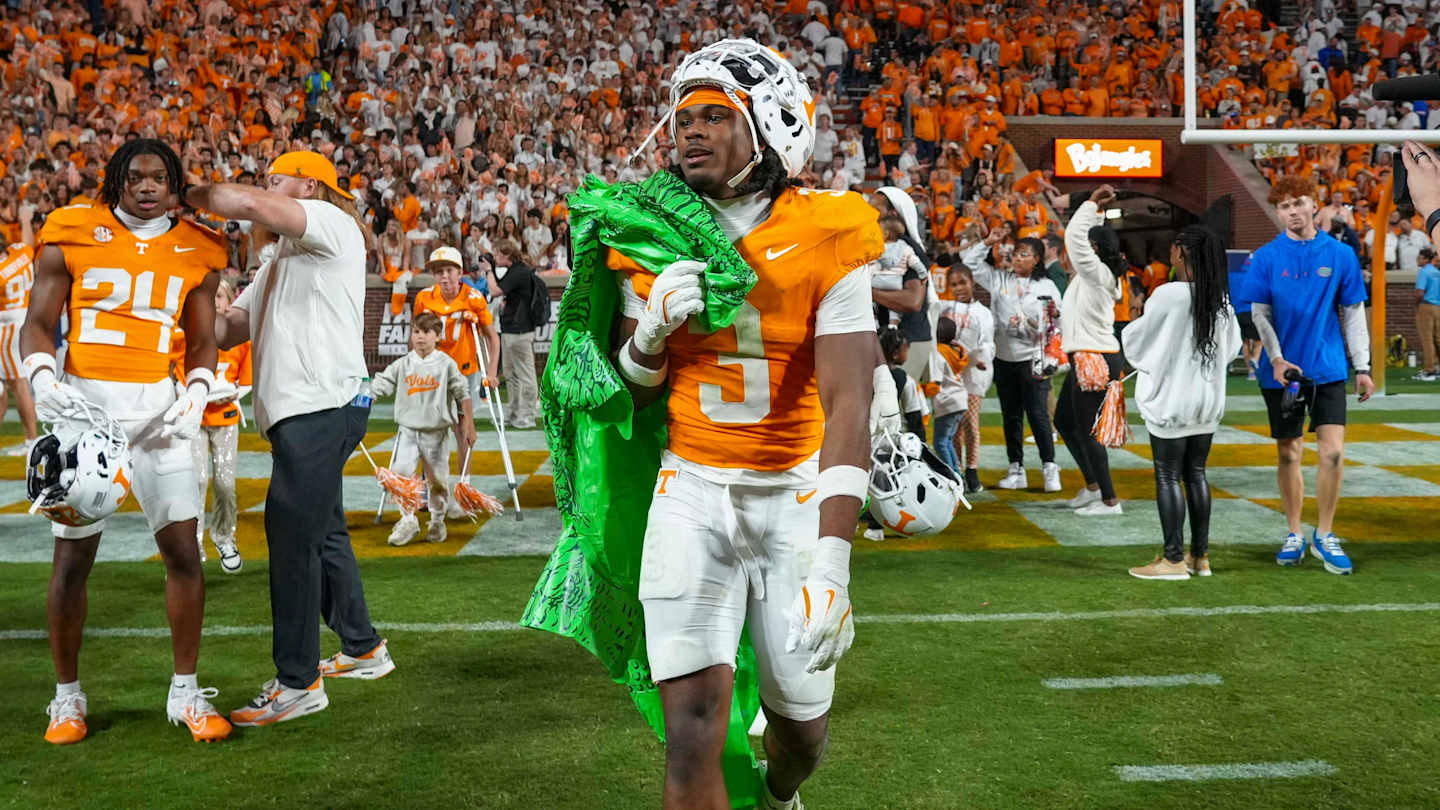The way fans watch sports has changed, with technology continuing to play an influential role. When watching football, we can have all the data at the tips of our fingers, allowing us to receive information that wasn’t even possible to fathom.
Whether it’s in the stands at a stadium across America, watching a broadcast on TV, or even using a sportsbook where you can place a legal bet, fans are now being provided with real-time analytics that are transforming the way the game is being enjoyed. For example, bettors can find NFL betting predictions based on collected data, with match experiences being more immersive and instant. The technology being used allows viewers to see something they wouldn’t have been able to observe unless they played football at a high level or had experience with it themselves.
Sports are already immersive, but they are only becoming more so with the help of predictive analytics.
Immersive Real-Time Broadcasts
NFL telecasts now feature overlays showing win probability, player route trees, air yards, separation metrics, and player-tracking graphics, all updated in real-time.
Platforms such as Prime Vision with AWS’s Next Gen Stats allow fans to see analytics like ball-carrier speed, quarterback decision trees, and pressure probabilities unfold on screen as plays happen, letting viewers experience the game from a strategist’s perspective.
The technology used in broadcasts has helped to evolve the game beyond its simple premise and core aspects of football. Broadcasts and digital content increasingly use predictive metrics such as Expected Points Added (EPA), Completion Over Expectation (CPOE), and DVOA rankings to help fans understand and debate the game with a new, analytical vocabulary.
Interactive and Personalized Viewing
Through streaming services and apps, viewers can access custom statistics feeds, choose camera angles, and receive play analysis tailored to their preferences. Augmented reality and interactive streams offer features like virtual stadium tours and predictive outcome simulations, allowing fans to compare thousands of simulated scenarios before and during games.
The match experience has become more interactive through the availability of games, such as fantasy leagues. Gamers can use predictive analytics employed throughout NFL matches to help them form decisions about how players are performing on the field and what they might do next.
The stats may show that a quarterback is more likely to throw on a third-and-short rather than run the ball, but they may also show that they run the ball on each first down. With these analytics, the game can become more immersive from a viewing standpoint.
Match Experience for Fans Improved
While there is arguably nothing better than being at a game physically, one could argue that games are more immersive when watching on a screen. As noted, broadcasts can now take fans into the game and provide an immediate overview of what’s happening on the field, something that being in the stands cannot replicate.
Advanced analytics help stadium operators monitor crowd flow, concession demand, and entry bottlenecks in real time, leading to faster and smoother fan movement across the venue. Central control rooms and dashboards allow staff to instantly redirect resources, such as opening new entrances or communicating wait times, making the experience more efficient and enjoyable for fans.
Stadiums leverage predictive analytics for in-seat experiences, with big screens and mobile apps delivering live player stats, tactical insights, and real-time win probabilities, making fans feel closer to the action. Interactive quizzes, competitions, and AR/VR features powered by live data provide continuous engagement, even during slower game periods.
During live events, analytics optimize stadium operations by analyzing real-time data on attendance, concessions, and retail to improve game day logistics. For remote audiences, predictive analytics personalize streaming content, highlight reels, and live stat updates to keep fans engaged and entertained.
The NFL has improved its Scheduling
For the past two seasons, the NFL has used predictive models to forecast which game windows will maximize ratings, scheduling the highest-interest games in premium time slots. Predictive accuracy for viewership now reaches over 98%, ensuring that networks and fans get the best matchups when they’re likely to have the most impact and audience.
Predictive analytics and AI tools now weigh variables like TV ratings potential, competitive fairness, team performance, travel impacts, and player availability to create optimal schedules. These systems simulate hundreds of thousands of possible schedules, scoring each against diverse criteria and allowing human schedulers to choose the best outcome.
For example, the 2025 schedule was shaped by AI ranking 150,000 options, leading to more strategic placement of marquee matchups and fewer undesirable back-to-back road games.
In addition, machine learning and predictive analytics enable schedule adjustments in response to developments like major injuries, trades, or unexpected team performance changes. Flex scheduling and regional broadcast tweaks are becoming more data-driven. This allows the NFL to deliver compelling content throughout the season and keep fans engaged even as circumstances shift.




